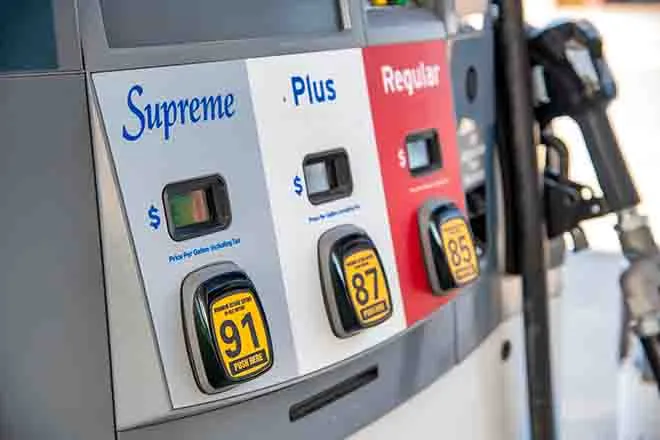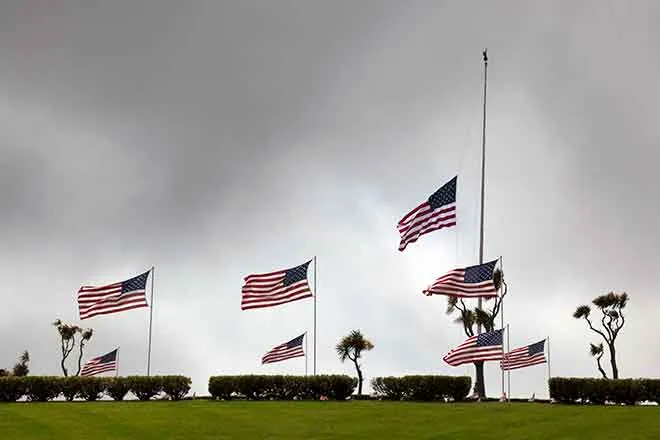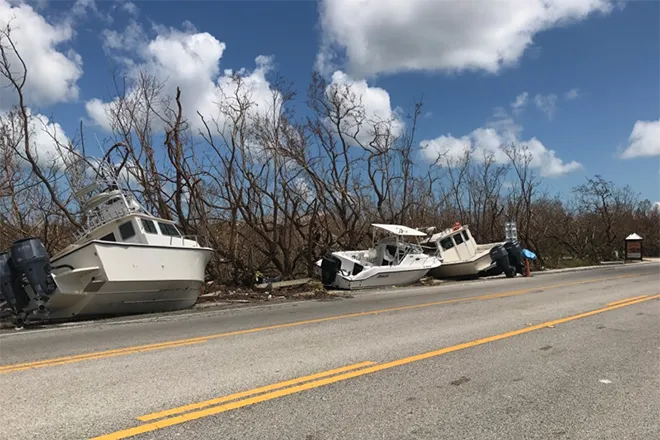
Curious Kids: How much energy can people create at one time without losing control?

Xuejian Wu, Rutgers University - Newark

Curious Kids is a series for children of all ages. If you have a question you’d like an expert to answer, send it to curiouskidsus@theconversation.com.
How much energy can we create at one time without losing control? – Luis, age 9, Brookline, Massachusetts
Above our heads there is a powerful energy source created by nature, the Sun. Because the Sun is 93 million miles from us, only one-billionth of the Sun’s total energy output reaches the Earth, creating a world blooming with life. The energy that the Sun gives the Earth’s surface every second is more than the total electricity generated from all power plants in the world in the entire year of 2018.
Here on Earth, humans power machines mostly by harvesting energy: for example, harvesting the energy of falling water and converting it to electricity in hydroelectric power plants. To create energy, you have to convert matter to energy.
Chain reactions
One way to do that is to split atoms, the basic building blocks of all matter in the universe. Do so controllably and you can produce a steady flow of energy. Lose control and you release a lot of energy all at once in a nuclear explosion.
The core of every atom, the nucleus, is made up of even smaller particles, protons and neutrons. The force holding the nucleus together stores a huge amount of energy. To obtain energy from the nucleus, scientists came up with a process of splitting a heavy atom into lighter atoms. Because the lighter atoms don’t need as much energy to hold the nucleus together as the heavy atoms, energy is released as heat or light. This process is called nuclear fission.
When one atom is split, a chain reaction starts: The split atom will trigger another atom to be split, and so on. To make the chain reaction controllable, scientists developed ways to slow down the splitting, such as absorbing some of the split particles.
Nuclear power
Nuclear power plants harvest the energy released by splitting atoms controllably. The world’s largest nuclear power plant is the Kashiwazaki-Kariwa Nuclear Power Station in Japan. It consists of seven nuclear reactors, with a maximum capacity of about 8,000 megawatts. The world’s largest single nuclear reactor is a tie between the the two reactors at China’s Taishan Nuclear Power Plant. Each Taishan reactor has a capacity of 1,750 megawatts.
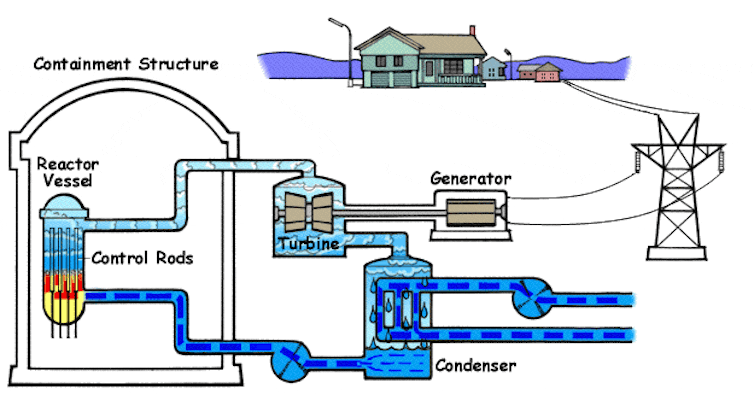
This amount of power is much smaller than uncontrolled nuclear reactions, such as atomic bombs. Nowadays, the energy output from detonating an atomic bomb is equivalent to the electricity the Kashiwazaki-Kariwa plant generates in half a year.
A downside of fission is nuclear waste. The split atoms are usually unstable and emit dangerous radiation. Nuclear waste needs to be stored properly for many years.
Fusion near and far
Scientists have also discovered another type of nuclear reaction, one that produces energy without nuclear waste. As two lighter atoms combine into a heavy atom, the lost mass converts into energy. This process is called nuclear fusion. Fusion is happening in the core of the Sun. In every second, the Sun burns about 600 million tons of hydrogen into about 596 million tons of helium, yielding energy equivalent to trillions of atomic bombs.
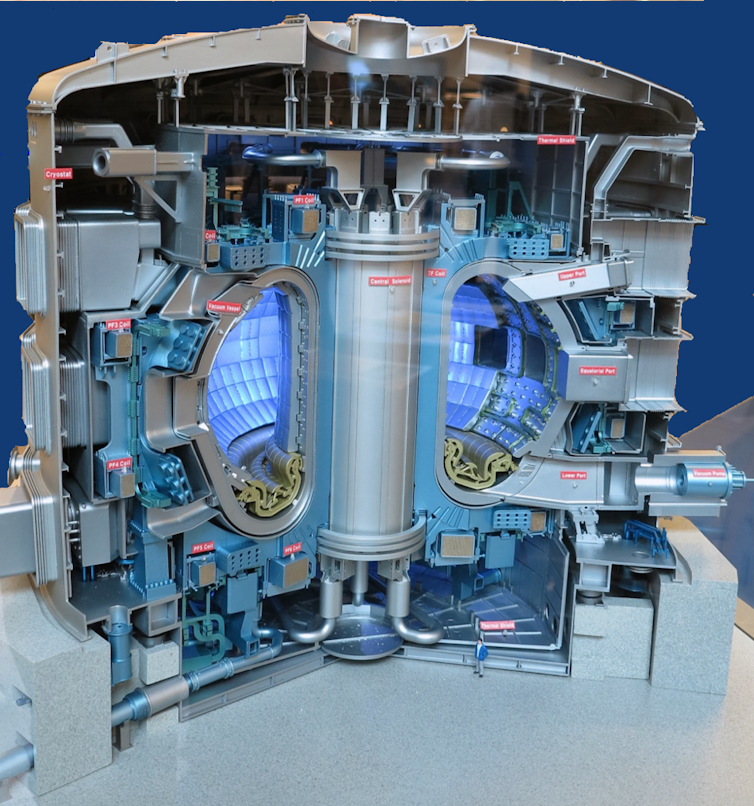
However, it is very difficult to achieve nuclear fusion on Earth. Fusion happens only at extreme conditions, such as the very high temperatures and pressure of the Sun. Scientists have yet to effectively demonstrate controllable nuclear fusion that produces more energy than it consumes, but they are working hard to do so. One way is to shoot high-power lasers from different directions at a tiny speck of hydrogen isotopes.
Nuclear fusion energy would be a promising energy solution in the future. But don’t forget, we have a huge nuclear fusion reactor above our heads, the Sun. With the improving efficiency of solar energy, we don’t even need to create energy, just capture more of what the Sun gives us every day.
Hello, curious kids! Do you have a question you’d like an expert to answer? Ask an adult to send your question to CuriousKidsUS@theconversation.com. Please tell us your name, age and the city where you live.
And since curiosity has no age limit – adults, let us know what you’re wondering, too. We won’t be able to answer every question, but we will do our best.![]()
Xuejian Wu, Assistant Professor of Physics, Rutgers University - Newark
This article is republished from The Conversation under a Creative Commons license. Read the original article.


